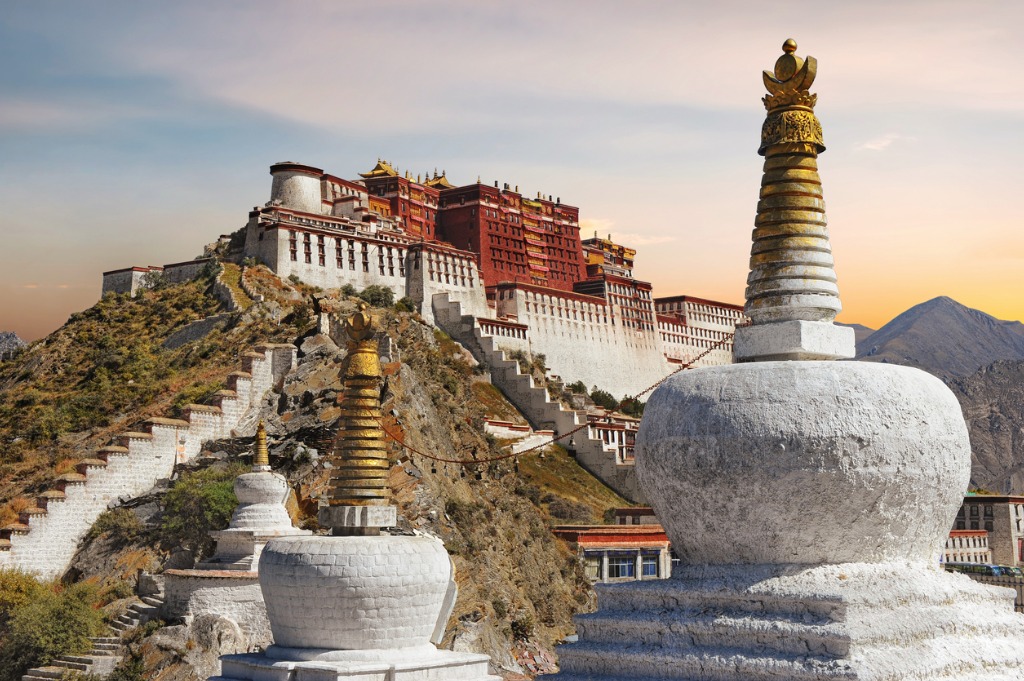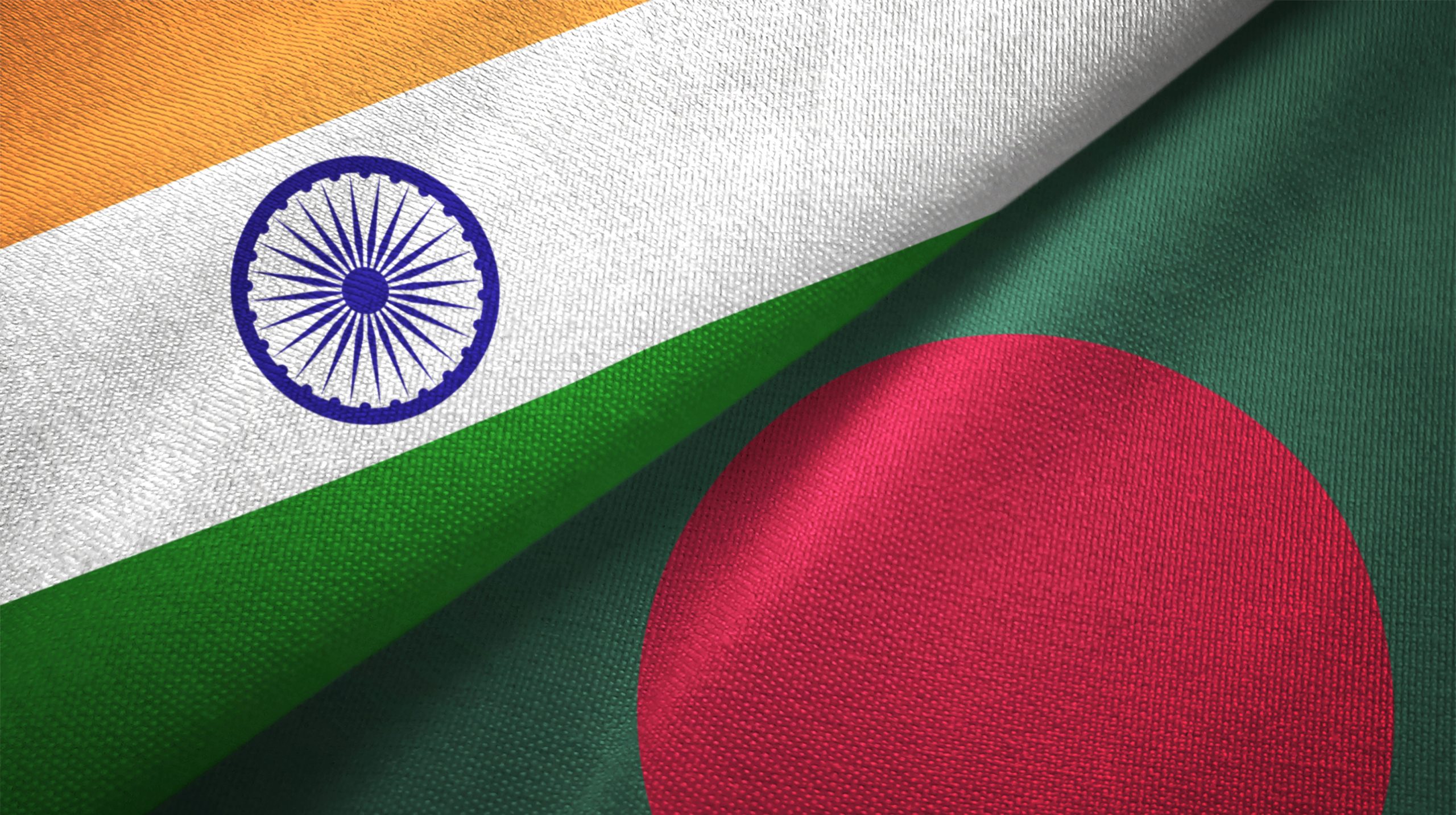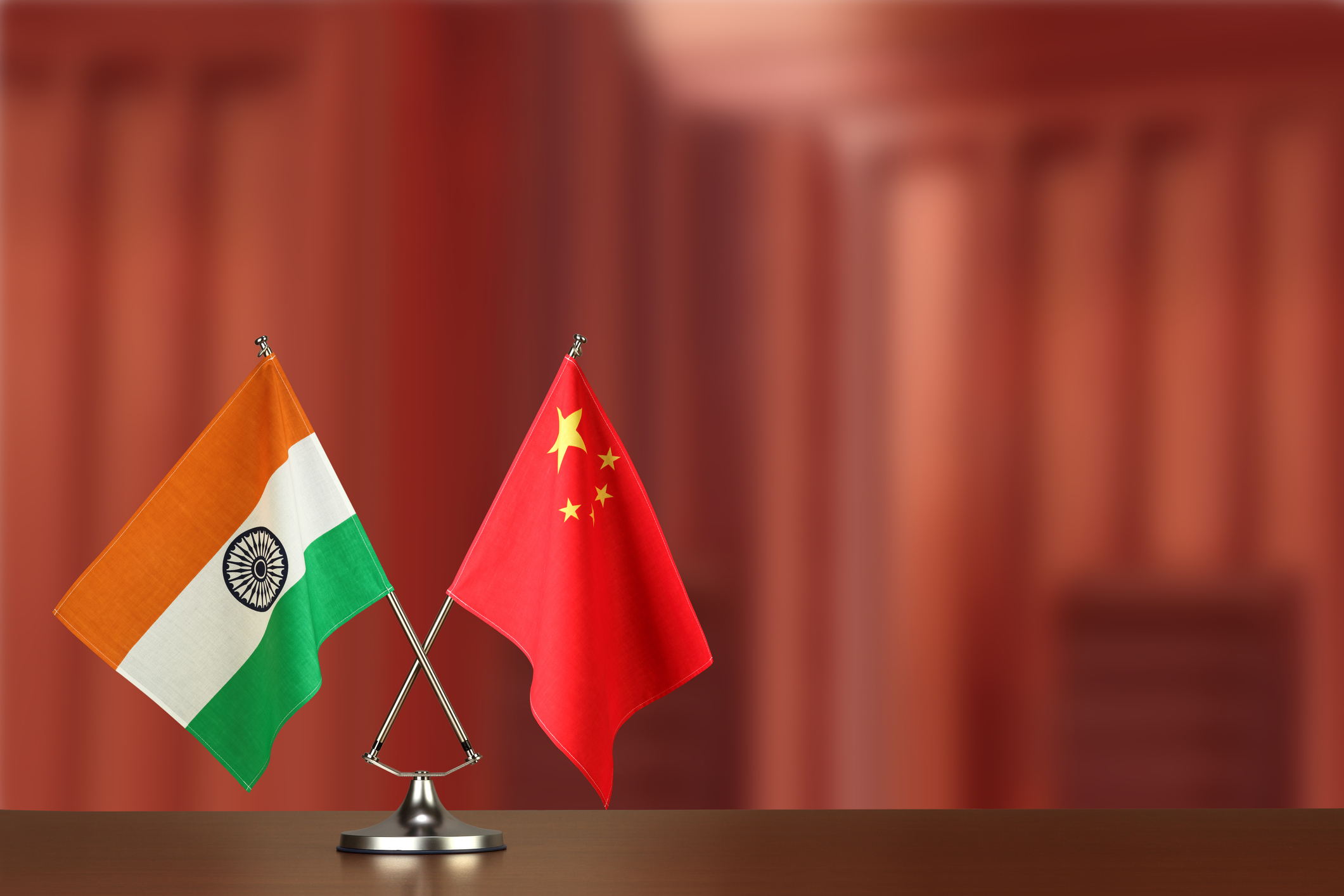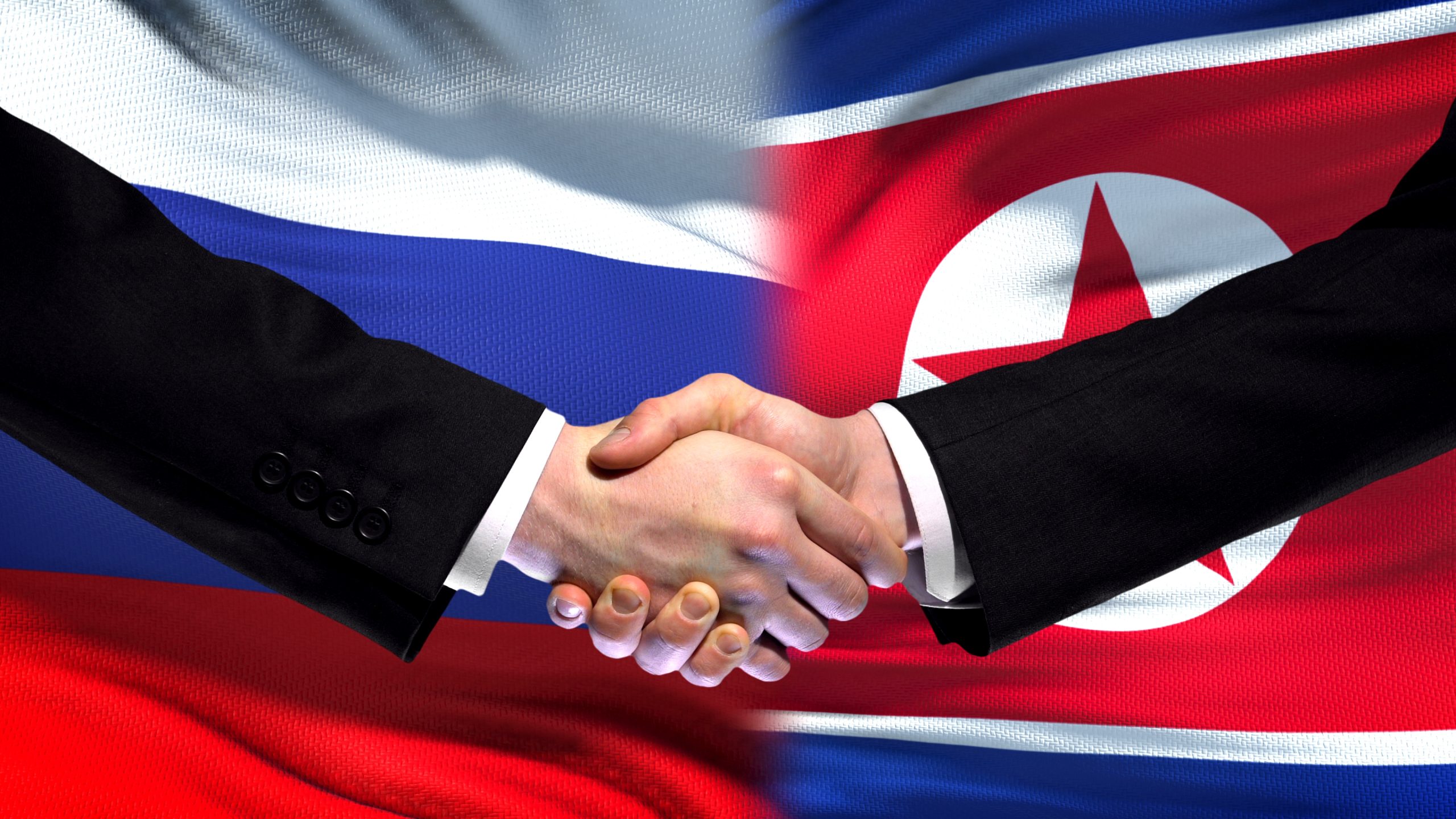
China’s Vulnerabilities in Battle Theatre of Tibet
Wed, 07 Apr 2021 | Reading Time: 8 minutes

China’s Vulnerabilities in Battle Theatre of Tibet
‘When Tibet was free, we took our freedom for granted. We had little sense that it was something we had to prove or even defend, because we were unaware that it was under threat’
-His Holiness 14th Dalai Lama, Tenzin Gyatso
India and China are the rising world powers of the 21st century and their bi-lateral relationship is the most defining one in the restructuring of the balance of power in the ‘new world order’. According to Angus Maddison, a British economist and macroeconomic historian, India and China were controlling almost half of world trade in 1820. The wheel appears to be turning a full circle with China and India poised to be among the top three economies of the world as per estimates made by IMF and Goldman Sachs. However, there are undoubtedly many challenges that confront this relationship between the two Asian giants. Hence, the spotlight of the entire globe is on the manner in which these ancient civilizations resolve the vexatious knots.
As I see it, the most crucial and contentious issues that bedevil India-China relations are – firstly, an undemarcated and unresolved boundary along the Himalayas and other mountain ranges, secondly, a latent potential for unrest or uprising in Tibet and Xinjiang as the Chinese have been unable to assimilate and ‘Sinicize’ these regions, thirdly, the diversion of river waters flowing from Tibet into India and Bangladesh, fourthly, a rivalry or competition as a result of ideological differences, political and economic objectives, fifthly, the Chinese perception of the strategic alliance of US, India, Japan and Australia (QUAD) to contain China, and conversely China’s strategy of the ‘string of pearls’ and belt and road initiative to get a foothold or influence in countries on India’s periphery and elsewhere in the world, and sixthly, the inimical and insidious anti-India relationship between China and Pakistan.
Analyzing the above, two issues stand out. The ideological clash of communism with ‘Chinese characteristics’, vague and malleable as it is (sic), as practiced by China and the democratic path and way of life as exists in India, US, Japan and Australia and most other countries is the first basic problem. The comparison between India and China, two large countries with one third of the world’s population and two contradictory systems of governance is inevitable and with the transparency afforded by the IT revolution and the internet in particular, Xi Jinping’s China is very different from that of Mao Zedong. However it is unexceptional to highlight that for the Chinese leadership and more importantly, the Chinese Communist Party (CCP), the Chinese model must prove to be better than that of India.
The next issue is Tibet who the Chinese have not been able to subjugate despite extremely harsh and ruthless measures taken against the Tibetan population for at least the last 117 years ever since the Younghusband expedition of 1903-04 that effortlessly overcame the hapless Tibetan army and forced Tibet on its knees. As soon as Younghusband left Lhasa, the Chinese dragon who had been jolted out of his slumber got into the act and literally invaded Tibet. The ease with which the British civilian-cum-military expedition exploited the weak underbelly of Tibet (and now China) left a deep imprint on the Chinese mind. I believe that many China experts go wrong in that they fail to ‘adequately’ factor Tibet in their calculations while analyzing Sino-Indian relations.
It must be remembered that historically India and China had never been neighbors. Tibet, known for its ferocious race of warriors (until the advent of Buddhism in the 7th century) formed the buffer in between and was practically an independent nation until 1720. This was when the Dzungar’s, a Mongol tribe, invaded Tibet and the Dalai Lama appealed to the Chinese for help. Ever since then an Amban, a representative of the Manchu emperor, was positioned in Lhasa who gradually usurped the temporal powers of the Dalai Lama.
Subsequently, once again Tibet regained its independence (except that the British continued to maintain that it was under the suzerainty of China) as a fall out of the Nationalist revolt of October 1911 and the consequent civil war in China. At this juncture all Chinese were evicted from Tibet including the Amban. From 1913 Tibetans enjoyed complete freedom (had their own governing council akin to a parliament, army, police, currency, passports, postage stamps etc) until it was stamped out under the jackboots of Mao’s red army in 1951, and Tibet was ‘liberated’. It was then that China and India became neighbors. The world including India simply watched the disappearance of Tibet, a mere pawn in the game of international power play in the 20th century.
A geostrategic analysis with a historical perspective of China’s vulnerabilities in Tibet brings out the following salient points.
- An acrimonious relationship has existed historically between the Tibetans and Chinese, as they felt the former were uncivilized barbarians whereas they were a superior race intellectually, culturally and traditionally. Deep distrust between the two peoples continues till date. On the other hand the Tibetans have always had closer religious and cultural ties with India and Mongolia.
- There was a constant state of war between China and Tibet during the 19th and 20th centuries in the Kham and Amdo regions on Tibet’s eastern frontier. The Simla conference of 1913-14 was held to bring peace in the region and decide the boundary between China and Tibet, the eastern frontier of Tibet in particular. Until 1951, when the Chinese invaded Tibet the de-facto boundary lay along the watershed of the mountain range between the Mekong and Salween rivers and the boundary of India and China was never coterminous.
- During the period from 1904-12, the Chinese strategy of subjugating the Tibetans by destroying monasteries and executing the lamas and tribal leaders, who failed to fall in line, struck at the very roots of the Tibetan way of life and their religious beliefs. In 1906, the destruction of the sacred monastery of Sangpiling and slaughter of nearly all the monks under the orders of General Chao Erh-feng, also nicknamed the ‘butcher’, put the nail on the coffin of the Chinese plans to sinicize the Tibetans. This perhaps has prompted the 14th Dalai Lama, Tenzin Gyatso to state, ‘even if China reduces us to nothing but ashes, we will rise from the ashes and make a new nation’.
- An acrimonious relationship has existed historically between the Tibetans and Chinese, as they felt the former were uncivilized barbarians whereas they were a superior race intellectually, culturally and traditionally. Deep distrust between the two peoples continues till date. On the other hand the Tibetans have always had closer religious and cultural ties with India and Mongolia.
- The Chinese are aware that there is an underlying feeling of hostility amongst the Tibetans for them as the scars still exist, and in case of a conflict with India their loyalty cannot be counted upon. The insecurity caused by a ‘backyard on fire’ would require a large force to secure the strategic communications and other vital installations and structures such as roads, railway, bridges, energy infrastructure which are extremely vulnerable to precision guided munitions or acts of sabotage in the hinterland.
- From the geo-strategic point of view ‘battlefield Tibet’ is mostly a high altitude frozen desert, unproductive and extremely remote from the Chinese mainland (Beijing to Lhasa is over 3600 Kms and Aksai Chin is another 1600 kms away). Besides that the surface communications are very tenuous and prone to weather conditions such as snow, blizzards and permafrost in addition to the altitude factor and lack of oxygen in the atmosphere. The wherewithal to fight a prolonged war does not exist and if advanced stocking is done everything deteriorates or perishes if not consumed or used in a limited time frame. In comparison the Indian hinterland and resupply bases are within a 1000 kms from the frontline whether in Ladakh, the central sector or the north-east without the complexities of altitude or terrain till one reaches the foothills.
- As even lay people may have noticed from recent satellite coverage of Aksai Chin, there is hardly any cover to hide various command and control centers or headquarters, air bases, missile sites, weapon platforms like tanks, guns or logistics bases and other VAs and VPs (vital areas or points). Hence targeting these objectives with aircraft, missiles, artillery, drones and other precision guided munitions would not pose major problems. Due to greater precipitation on the southern glaciers of the Himalayas, there is more vegetation going up to 12000 feet thus affording greater cover from aerial observation.
- With its geographic challenges and scanty resources which are barely adequate for the indigenous population, battlefield Tibet would not be able to sustain a large army’s presence. The resupply of material requirements of lakhs of tons of ammunition, rations and other needs for the successful prosecution of military operations would assume vital importance. It would be a logistics nightmare for the Chinese armed forces if the road, rail and air lines of communication are disrupted or interfered with in the case of a long drawn conflict. It would be reasonable to expect India’s strategy to isolate the theatre of operations to be put into play in the event of open hostilities and so would China’s endeavors be. However, while India has many alternatives, China has very few because of the vast expanse of the Changthang high altitude uninhabitable desert in the middle of Tibet with an expanse of about 2000 km from west to east and 1500-2000 km deep without any worthwhile roads and no railway at all. This region appears as a completely dark patch when seen on a satellite image of the world at night, just like the Sahara.
- Because of the topography and extended lines of communication in Tibet it would prove to be extremely difficult to switch forces from one theatre to the other. And despite numerical superiority, when faced with a two front situation China would have severe constraints to deploy more forces in Tibet as that could result in a strategic imbalance.
- Keeping in mind that the extremely rugged and mountainous 4056 km frontier between India and China cannot be manned everywhere, there are a number of places where either side enjoys geographical superiority that could be taken advantage of to ingress and secure territory. However, unlike in 1962, the reaction and pre-emptive action of the Indian army against the Chinese, as was the case of the recent incidents in Eastern Ladakh or for that matter in Doklam (2017) or Sumdorong Chu (1986-87), has made it clear to China that such misadventures would come at a prohibitive cost not only militarily but also with diplomatic repercussions. The ‘Chinese dream’ aims at ‘developing into a modern socialist country that is prosperous, strong, democratic, culturally advanced, harmonious, and beautiful’, by the middle of the 21st century. Hence, a border conflict is no longer an option as that would retard their progress to achieve their centenary goal and the Chinese leadership is cognizant of that.
As discussed earlier in this paper, the challenge posed by the altitude and terrain obtaining in Tibet region would inhibit the deployment of the full might of either side (an imperative to obtain a decisive result in war) and thereby act as a restraining factor.
India and China have increasingly become aware of their linked destinies as neighbours and have acquired a greater sense of responsibility as emerging world powers. They are expected to contribute to the establishment of an atmosphere of mutual understanding, trust and cooperation in Asia and the world. The strong, visionary and pragmatic leadership that we see in both countries today can resolve the boundary and other problems in a fair and mutually acceptable manner. Finally, such a constructive relationship between India and China can redefine the contours of the 21st century, and the leadership that can make it happen will be remembered by history.
Author

General J J Singh, PVSM, AVSM, VSM, (Retd)
The author is the former Governor of Arunachal Pradesh and the Chief of the Army Staff, Indian Army. He was often described as a peoples’ Governor and a thinking General who has distinguished himself as a hands on professional.
Disclaimer
The opinions expressed in this article are the author’s own and do not reflect the views of Chanakya Forum. All information provided in this article including timeliness, completeness, accuracy, suitability or validity of information referenced therein, is the sole responsibility of the author. www.chanakyaforum.com does not assume any responsibility for the same.
Chanakya Forum is now on . Click here to join our channel (@ChanakyaForum) and stay updated with the latest headlines and articles.
Important
We work round the clock to bring you the finest articles and updates from around the world. There is a team that works tirelessly to ensure that you have a seamless reading experience. But all this costs money. Please support us so that we keep doing what we do best. Happy Reading
Support Us




















POST COMMENTS (10)
Anil Kumar
Pankaj Jain
Gaurav Singh
Sunil Thomas
Kai
GP Singh
Narayan Malik
Vivek Singh
Vivek Singh
Cdr Sandeep Dhawan (Retd)